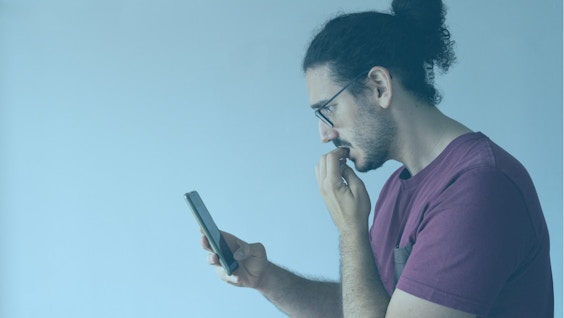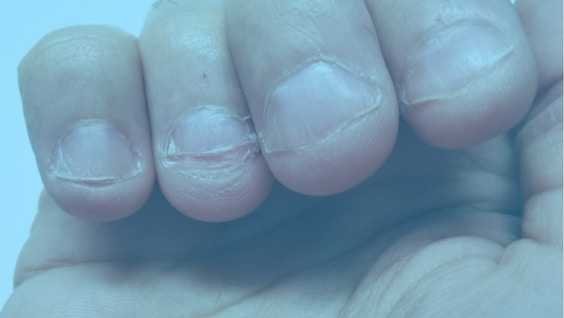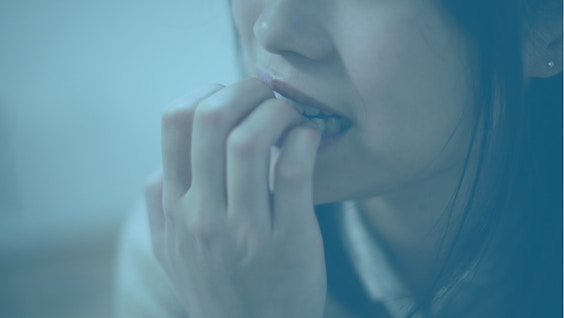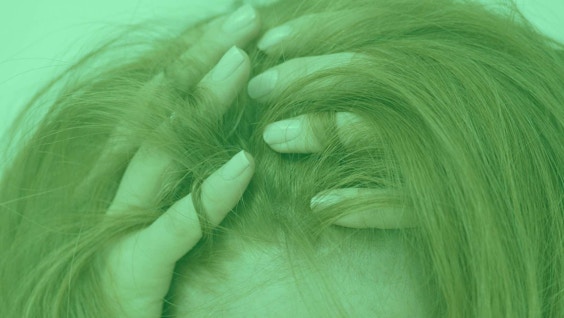I Am Sober is a free app that helps you get some control back in your life.

How to Heal Skin Picking Wounds Overnight
Last Updated: Thu, October 9, 2025Did you know? Skin picking disorder affects one in 20 people. The said disorder also affects more women than men. Given these, knowing how to heal picking wounds can help millions of people.
In this article, we will talk about skin picking disorder and how to heal skin picking wounds fast.
What is Skin Picking Disorder?
Also known as excoriation disorder or dermatillomania, skin picking disorder involves repeatedly picking or scratching the skin. Cosmetic or health issues (e.g. to remove unattractive scabs or acne) do not trigger repeated picking or scratching.
In fact, some people pick healthy skin. Others pick minor lesions such as scabs, pimples, and calluses.
Skin picking disorder involves automatic picking of the skin. Others, however, are more conscious of picking or scratching their skin. It’s just that they cannot stop it or it becomes a form of addiction.
In addition, anxiety or tension can occur before the skin picking. In this case, skin picking relieves the person. More often than not, it also gives that person a feeling of gratification.
Types of Skin Picking
Skin picking disorder manifests in different ways, depending on whether the behavior is automatic or focused. Here are the two main types:
Automatic Skin Picking
Automatic skin picking occurs when the person picks at their skin without consciously thinking about it. This type often happens during activities such as watching TV, reading, or working, where the person is distracted and may not even realize they are picking.
Automatic picking is typically a habitual action, often triggered by anxiety, boredom, or stress. The behavior can become so ingrained that the individual may not be fully aware of it until it is pointed out.
Focused Skin Picking
Focused skin picking happens when the individual is more aware of the behavior and picks at their skin with a specific purpose or intention in mind. This type of picking is often triggered by the desire to remove imperfections, such as acne, scabs, or other blemishes.
The person may feel a compulsion to pick until they achieve a certain result, such as removing a scab or smoothing out a rough patch of skin.
Unlike automatic picking, focused skin picking involves a conscious decision to engage in the behavior, but the individual may feel a sense of relief or gratification once the act is completed.
Is Picking Scabs Bad?
Yes, picking scabs, or your skin in general is bad.
Frequent picking of your skin can irritate sores. It can even cause new sores to form, which can result in additional scabbing. Eventually, this will result in scarring.
Continued and frequent picking can develop into a skin picking disorder. Some people spend a few minutes per day picking their skin. Others do it for hours.
So, if you find yourself frequently picking your skin, you must consider seeking professional help. When not prevented properly, frequent skin picking will become extremely hard to control and stop.
How to Heal Skin Picking Wounds Overnight
While you must stop picking your skin, you first have to heal the wounds that it caused. Heal skin picking wounds fast by following the steps below:
1. Wash your wounds using soap and clean water.
First, you must wash your wounds using mild soap and clean water at room temperature.
Do this as soon as you can. Washing your wounds as soon as possible decreases your risk of infection and helps speed up the healing process.
Place the wound under clean, running water. Do this for one minute. Next, gently clean your wound using a mild soap. Then, rinse it with running water.
Lastly, dry your wound using a sterile gauze pad or clean towel.
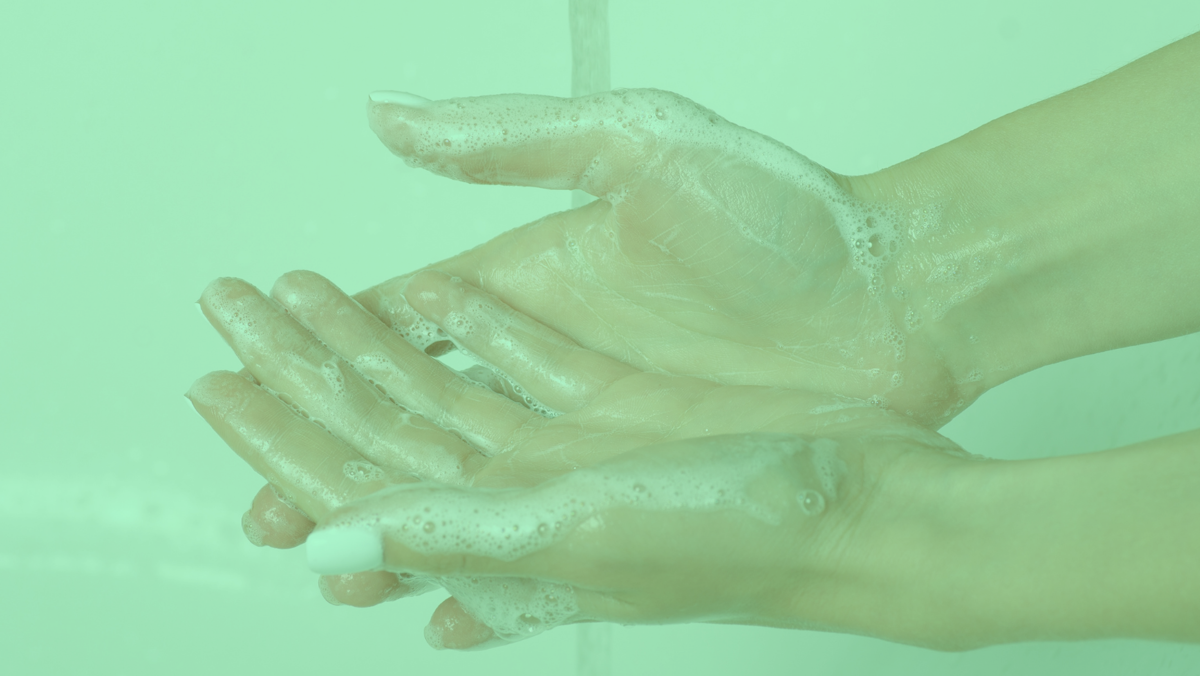
2. Put pressure if the skin picking wound bleeds.
Skin picking wounds are often small. However, they bleed sometimes.
If your wound bleeds put pressure on it. You can do this by holding a clean gauze pad on the wound.
Then, press the pad down gently. Check the wound every 30 seconds to see if the blood stopped flowing. Continuously put pressure on the skin picking wound until the bleeding stops.
3. Apply antibiotic cream to avoid infections.
Squeeze a small amount of antibiotic cream on a cotton swab. Then, gently apply the cream to your wound.
Next, spread it evenly to apply a thin layer of the cream. Doing so prevents bacteria from being trapped in an open wound.
4. Cover the skin picking wound using a bandage.
Even if the wound looks small and does not bleed, you should still cover it with a bandage. This lowers the risk for infection and prevents you from further picking on your wound.
Depending on the size of your skin picking wound, use a band-aid or clean gauze pad. Just make sure the bandages cover your wound properly. None of it should be exposed.
Additionally, covering your wound will help avoid discoloration due to prolonged exposure or further picking.
5. Change your bandage anytime it gets wet or dirty.
Remove your bandage when it gets wet or dirty. If your bandage did not get dirty or wet, you still must change your bandage at least once a day.
To do this, remove your bandage. Then, was your wound using soap and running, room-temperature water. Put cream on the wound once more. Lastly, cover your wound with a fresh bandage.
6. Cut your nails so it will be harder to pick at your wound.
A fresh wound may tempt you, especially if your nails are long. So, after taking care of your skin picking wound, trim your nails.
Then, use a nail file to make sure there are no sharp corners. Doing so will make it difficult to pick at your wound, reducing the discomfort caused by further irritation.
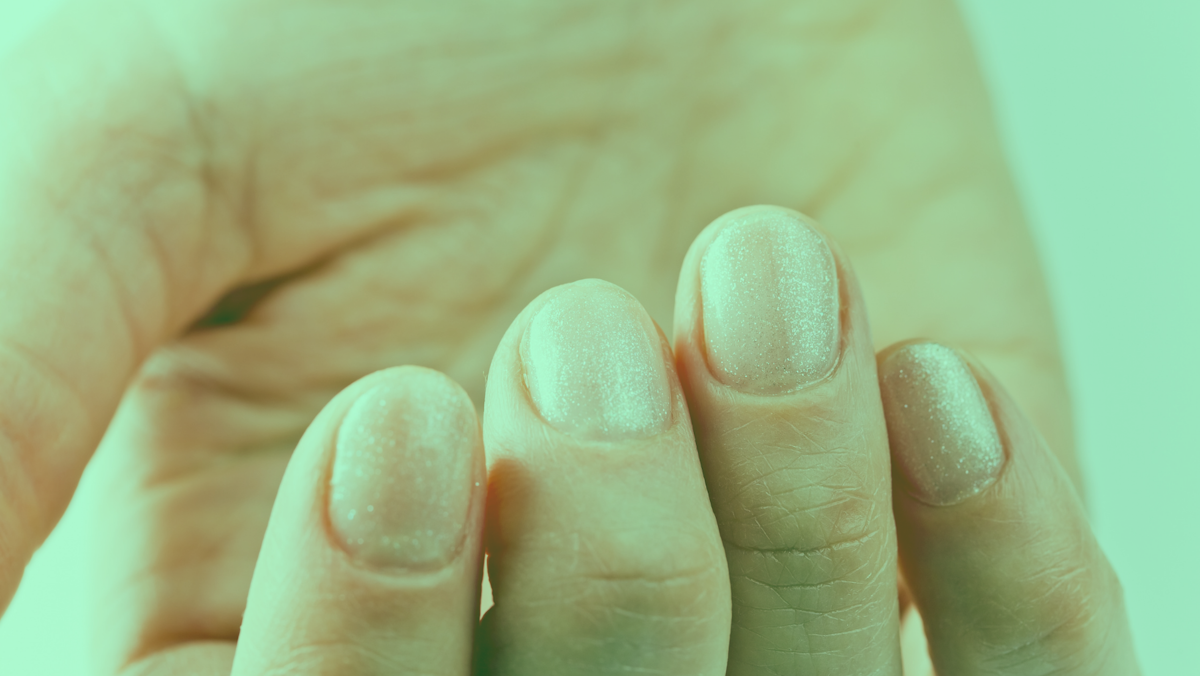
7. Consult a doctor if the skin picking wound looks infected.
Always check at your wound to monitor how well it heals.
Signs of inflammation or infection include swelling, redness, pain, and fever. If you experience any of these or if the wound looks inflamed or infected, see a doctor immediately.
Conclusion
Frequently picking your skin from increases your risk of developing skin picking disorder or infection. If you find it hard to stop picking your skin, the root problem might be psychological. Remember, those with skin picking disorders pick their skin to ease stress or anxiety.
Thankfully, you can recover from skin picking disorder. Treatments for skin picking disorder include cognitive behavioral or commitment therapy and habit reversal training. Sobriety apps such as I Am Sober and the right support system can also help you.
I Am Sober is a free app that helps you get some control back in your life.
